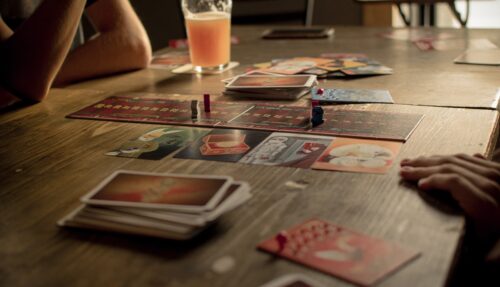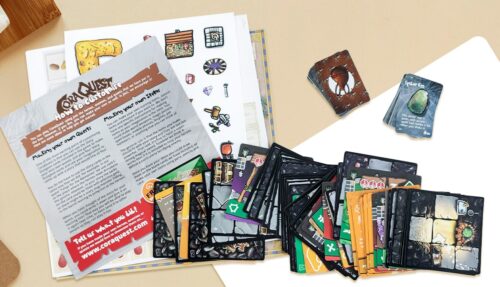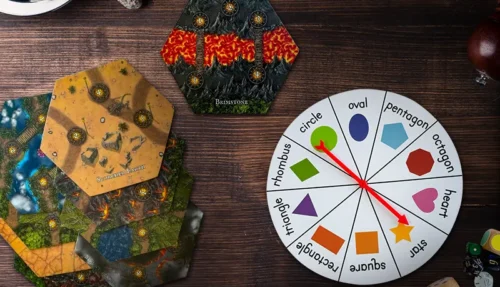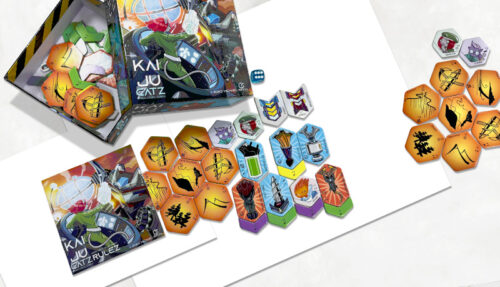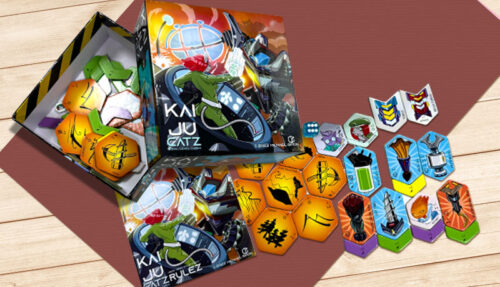Based on over 25 years in the industry, we guide you through every step you need to take to run a successful custom board game launch on Kickstarter and our special offers and discounts for independent game designers.
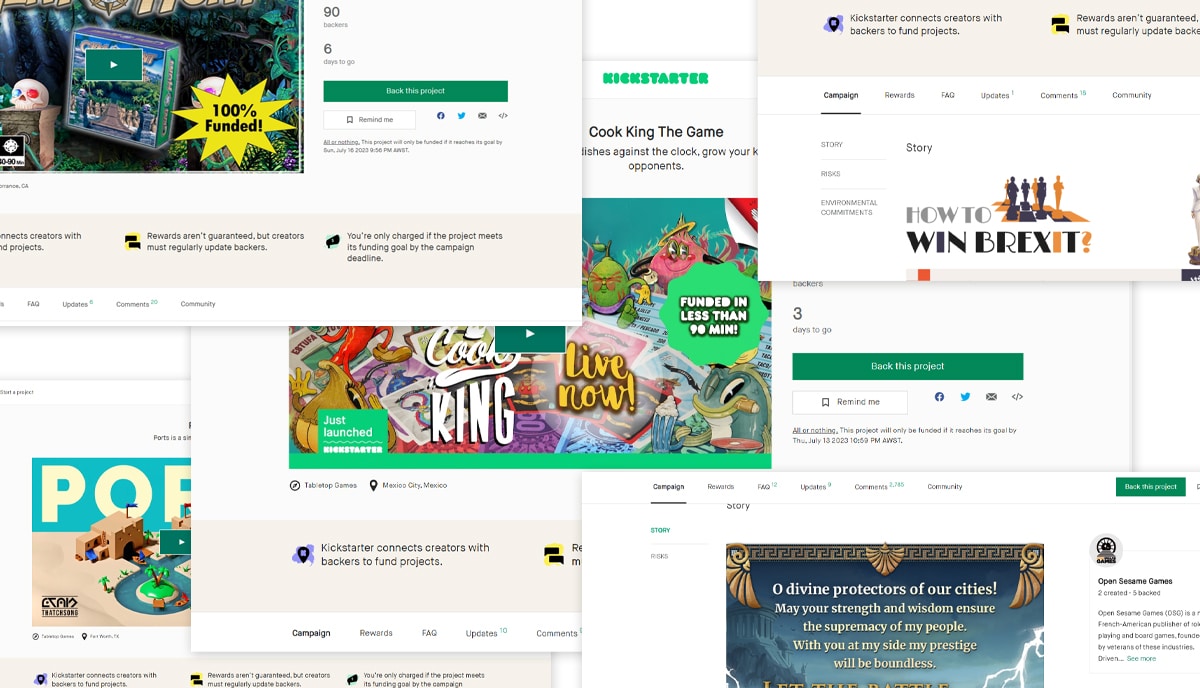
The world of board games has seen a resurgence over the past few years and crowdfunding platforms like Kickstarter have played a pivotal role in bringing innovative and exciting new games to life. If you have a brilliant idea for a custom board game and want to make it a reality, Kickstarter can be the perfect place to start. The platform can provide you with capital to invest in your game’s development and manufacture, help you build an engaged community of fans, drive a successful launch and your first sales. In this comprehensive guide, we’ll walk you through everything you need to know about launching a successful custom board game on Kickstarter, from planning your campaign to manufacturing and fulfillment.
Planning your Kickstarter campaign
The first key to a successful Kickstarter campaign is careful and detailed planning. However keen you may be to get started on the platform, we strongly advise you—based on our experience with the most successful board game launches—to invest the time and resources in doing your background research, familiarizing yourself with all the tools and options available to you, what makes crowdfunding work, and the other parameters of success. The first question to ask is, are you ready yet?
Assess your readiness
Before you dive into the world of Kickstarter, it’s essential to ask yourself a few questions. So many crowdfunding campaigns fail not because the idea or the product isn’t good, but because insufficient reflection, thought, research, and planning went into the campaign at the start. So, ask yourself:
- What is your idea, and why is Kickstarter the right platform to bring it to life? Several high-profile and effective crowdfunding platforms exist these days and each has its particular strengths and weaknesses. Over the years, for example, GoFundMe has become more specialized in supporting social and charitable campaigns, StartEngine and CircleUp focus on tech startups, and Kickstarter has become the go to platform for comic book creators and board game designers.
- Is your project ready for Kickstarter, or do you need more time for development and prototyping? Starting your Kickstarter campaign shouldn’t be your first step. You need to have already developed your concept, put together your team, developed your business plan, established your production schedule, and more before coming to the platform. It’s not aimed at supporting research and development so much as production and initial distribution.
- Are you prepared for the possibility of your campaign failing? While a successful Kickstarter campaign can provide all the capital and investment funding you might need to deliver your custom board game project to the market, it may not give you the returns for which you hope, or your launch may fail despite significant backing. However carefully you plan and however successful your campaign, no cast iron guarantees of long-term success exist. It’s always possible you’ll fail. In which case are you ready and prepared to absorb your losses?
If you feel confident in your answers to these questions, and you have positive, solution-based, problem-solving and realistic replies, you’re probably ready to move forward with planning your Kickstarter campaign. If not, then you would do well to be patient, get the needed background work and support structures in place first, and then come back to Kickstarter once you’re ready. But if you’ve done your due diligence and you’re still confident that the odds are in your favor, let’s look at what you’ll need to do.
Work out four funding goals and logistics
When you’re working out how much funding you need to complete, produce, and distribute your custom board game, you need to take a cold, dispassionate view. It’s no use guessing, hoping, or being overly optimistic. It may not be much fun, but you need to calculate every single penny and make sure that the figures are accurate and based on real-world costs. Setting a realistic funding goal is crucial for the success of your campaign. Consider the following factors when working out your goal:
- The cost of software subscriptions for designing your game
- Graphic designer and artist’s fees for the artwork and structural designs
- The cost of incentives and rewards for play testers and reviewers
- The cost of equipment, domains, hosting, and more for your website, blog, video blog, email list, and more
- The cost of manufacturing your game, including all components and packaging
- The cost of shipping and fulfillment, including taxes and customs fees
- The time and effort you’ll put into the campaign, including marketing, promotion, and advertising
- The costs for compensating your team (and yourself) for contributions of time, skills, and resources
These are just a few of the fundamental costs. You need to take careful stock of your specific situation and the full scope of your project. Account for all these costs in your funding goal to avoid underestimating the amount you need to raise.
Research your target market
Understanding your target audience is essential when launching a custom board game on Kickstarter. You must identify who your ideal backers are, what interests them, and how you can best reach them. How? By asking and finding answers to several questions. For example:
- Is your board game aimed at fantasy or science fiction enthusiasts?
- Or is it educational? (in which case parents and teachers may be your proper targets)
- Perhaps it’s a new family game or something designed to appeal to teens?
- Where can your target audience be found both online and offline?
- Which social media do they prefer?
- Where do they hang out?
- Are they more likely to buy a game in a bricks-and-mortar store or online?
- Are they students, working, or retired?
- What is their disposable income?
- What magazines do they read and what websites do they visit?
- What are their other interests and hobbies? Comics? Reading? Movies? Music? Sports? Science and nature?
You can answer these questions with online research, social media quizzes, or even by employing a market research agency. But this is all vital information to understand to whom to market and promote your board game, the price point, the best gifts, rewards and incentives, and to test the viability of investment. Use this information to tailor your campaign messaging and marketing efforts.

Designing your Kickstarter page
Your Kickstarter page is vitally important. It’s the hub of your entire campaign and has a lot of work to do. You must strike the right balance between professionalism, clear communication, personality, and entertainment. A successful Kickstarter page combines text, artwork, photographs, and video to tell your story, inspire your funders, and engage with your community of supporters. So, let’s make sure that you have at least the basics covered.
Establish a clear project title and headlines
Your project title, subtitle, and section headlines should be clear, concise, and attention-grabbing. They’ll appear on your live project and pre-launch pages, as well as in search results and promotional emails from Kickstarter. Make sure they accurately represent your game and convey its unique selling points. But while you want them to arouse curiosity and stand out from the crowd, don’t make them too obscure. Titles and headlines should be unambiguous and informative so that readers know exactly what the content is about.
Tell your story in words
The text on your page is essential to convey what it is you’re trying to achieve and why. The best campaigns are factual and informative while telling your story from a more personal perspective, describing the passion behind the project, the failures and triumphs on the journey so far, and why you’re confident in the value of your board game project. Also, don’t make it all about you. Make sure that you write in a way that opens the door to your prospective supporters, engages them emotionally, and shows what they can gain from supporting you.
Create compelling visuals and artwork
Eye-catching visuals and artwork are essential for drawing potential backers to your campaign page. Showcase your game’s components, gameplay, and theme through high-quality images, illustrations, and animations. If you’re not a skilled graphic designer, consider using intuitive online tools tool like Canva or working with an experienced professional to create the visuals for your campaign.
Your campaign page header should be an attractive branded image likely to appeal to your target supporters. You shouldn’t clutter the page with visuals, but make sure that there’s enough visual information to capture attention and communicate the essence of your game. For your header image, we strongly advise that you design a tailor-made image rather than trying to cram, say, your box cover design into the wide-format space of a Kickstarter header. Check out the top campaigns in your genre on the discovery page and learn from what’s already working. Your artwork needs to look as good on a smartphone as it does on a 15-inch screen.
Create a short but informative and entertaining video
We know from experience that a well-scripted, well-made video can make or break a contemporary Kickstarter campaign. While you can run a video campaign virtually cost-free, if you have investment capital at your disposal, you can also enjoy the boost that paid promotion can offer via platforms like YouTube. Google owns YouTube, which is the world’s second-largest search engine after Google itself. Millions of viewers consume billions of hours of audiovisual output every day on YouTube alone. Well-focused video ads coupled with Google’s massive user database and powerful algorithms are likely to be seen by millions of targeted leads.
So, if you ignore video, you’re missing a trick. It could be the element of your crowdfunding campaign that makes the difference between success and failure. But what do you need to make a video that will do the job you need it to do?
If you have the resources, you can outsource casting, scriptwriting, animation, graphics, sound, and production to a third-party business. Otherwise, investing in a good DSLR camera, an external microphone of broadcast quality, and editing software may be everything you need. Clear, noise-free sound and a sharp picture are the basics. The rest is creativity and content. Many of the most effective crowdfunding videos have been made by small startups and students on a shoestring budget.
Keep your video short. The most popular videos are about three minutes long. Focus your story on how your custom board game idea is unique and the ways it will help and entertain your audience, the value it offers them, rather than the money you need.
Without sacrificing clarity of communication, be as individual and quirky as you wish. Your video should showcase not only your game but your approach, style and personality. People want to give to people. Some of the most successful Kickstarter videos use comedy. But that doesn’t mean you must be funny, only that you must be personal and engaging.
Use your video to tell your story. Start with a hook that will catch your prospect’s attention, engage their emotions, and heighten curiosity. Next, show how your vision will make a difference and invite them to be part of your story. Then pitch your call to action — to subscribe, donate, and share.
Once your custom board game campaign gains traction and you have supporters, you can produce video updates on the progress of your campaign, which only they can access. You can offer these subscription-only videos as a “lead magnet” to encourage others to sign up and support your campaign or give supporters who donate over a certain amount a shout-out in later videos.
The content and style of your video will depend on you, your brand, and your audience. It may be worth making several videos and a/b testing them to discover which brings the best results. But whatever way you go about it, and however small your starting budget, if there’s one thing that you can’t afford to leave out of your custom board game Kickstarter campaign, it’s video.
Draft your Kickstarter campaign page
Your campaign page is the first impression potential backers will have of your game, so it’s crucial to make it polished and engaging. Don’t expect to put it all together in a single session. Take your time; work on it, let it rest, come back to it later, get feedback, and redesign. You should put as much care and attention into designing your Kickstarter campaign page as you have done the board game itself. Whatever else you decide to do, make sure you include the following elements on your page:
- A clear and interesting description of your game, including gameplay mechanics and unique features
- A custom-made header image
- A slick, short, well-crafted video that tells your story and offers value to your viewers
- Detailed information about your funding goal and how the funds will be used
- Reward tiers and incentives for backers, such as early access, exclusive content, or limited editions
- Stretch goals and additional content that will be unlocked as your campaign reaches funding milestones
Once you’re happy with your page, make sure you back it all up. We recommend a core file to hold a copy of the page itself and several subsidiary files in which you keep text, artwork, photographs, and videos. Finally, you’ll need to submit your page for approval.
Submit your campaign for approval
Once your campaign page is complete, submit it for approval by the Kickstarter team. They’ll make sure your game meets all guidelines and approve your campaign for launch. Submit your campaign well before your desired launch date, as the approval process can take several days or even a week; sometimes, although rarely, even a little longer. Before you submit your campaign, make sure you check:
- Your campaign has an end date with a final product which you share with your supporters (with a custom board game, this shouldn’t be a problem)
- All representations of processes, products, and prototypes are honest (so, no CGI-generated videos or images of what you hope the finished project will look like without an explicit statement of what it is). Just be honest and transparent about what you’re doing and where you are at.
- You’re not claiming that all or part of funds raised will go to charity.
- You’re not opening to investments or shares. Kickstarter is for project funding, not for financially incentivized investment opportunities.
- Your game doesn’t promote discrimination or violence towards any individual or group on any basis.
- Your game doesn’t have any “adult” content (18+) or anything that might be illegal or offensive.
That’s not an exhaustive list of the guidelines, but it gives you an idea. You must be honest, legal, family-friendly, and fair. Most board game developers shouldn’t have any problems! Either way, getting your project accepted is only the beginning. Now you need to build a community, create buzz around your game, and maintain the momentum of your campaign. So, let’s look at how to do that next.
Building a community and generating buzz
Even after all the hard work you’ve put into developing your game idea and prototyping, creating content and building your Kickstarter campaign page, you can’t just sit back and expect supporters to flock to your aid. You’ll need to be proactive, build your campaign step-by-step, and keep the momentum going until you reach your goal. So, here are several of the best, tried-and-tested ways of doing just that.
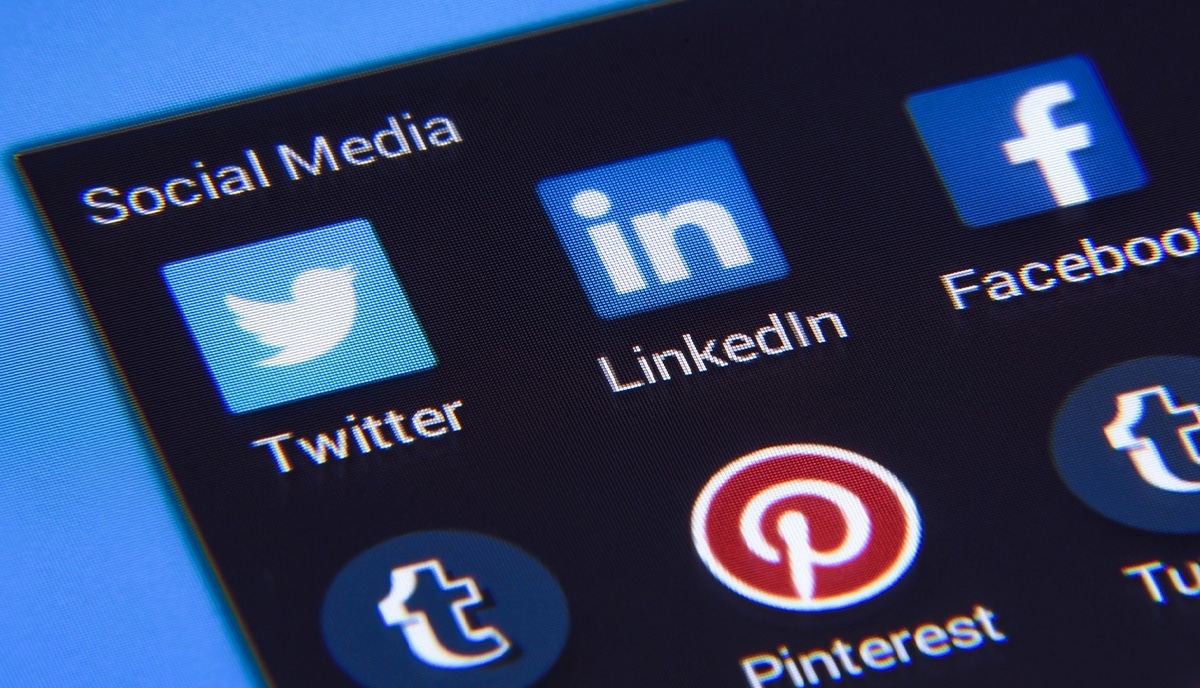
Leverage social media and online communities
Spread the word about your custom board game on social media platforms and online communities like Reddit, BoardGameGeek, and Facebook groups. Share updates, promotional content, and behind-the-scenes stories to engage your audience and pique their interest in your game. Note that you’ll need to really be a team player, get involved, show an interest in what others are doing, and give as much value to the community as possible. You can’t just hustle in there with a sales pitch. Keep it real, enjoy it, and be open to learning and making new friends along the way.
Partner with influencers, reviewers, and bloggers
Collaborate with board game influencers, reviewers, and bloggers to reach a wider audience and gain credibility within the gaming community. Send them prototypes or preview copies of your game for review and encourage them to share their thoughts with their followers. In return, boost their content and campaigns and remember that you need to offer them value in return for the online real estate they give to you.
Attend gaming conventions and events
While in principle you could run a campaign entirely online, you’ll be missing a trick if you do. Board gaming is a social activity and played offline, remember? Where better to promote your custom board game Kickstarter campaign than among genuine fans and enthusiasts? Showcase your custom board game at gaming conventions and events to connect with potential backers and network with industry professionals. Hosting play testing sessions or demo events can also help build excitement around your game and gather valuable feedback from players. And don’t forget your local game night or gaming club. You could also do talks, game plays, and even workshops in schools and libraries. But in the world of board gaming, live events may be your most powerful option to leverage.
You will surely come up with lots of other ways to interact, promote, and build your Kickstarter board game campaign. But this should get you started. The big takeaway is that you need to be active and proactive to make your campaign a success. The campaign is just the vehicle: you are the engine that drives it.
Manufacturing and fulfillment
So, you’ve reached your first goal. Next, you’ll need to get the games printed, manufactured, boxed, and sent out, first to your campaign supporters and then to your wider distribution network. If you’ve done a good job, you’ll have decided exactly how this will all work in advance during the planning stage. So, you should already have chosen the partner or partners you will use to make your final product.
Depending on the complexity of your board game, you could end up dealing with a printer for the board and cards, a wholesaler for meeples, dice, and tokens, a 3D-printing service for miniatures, a packaging company for your box and wrapping, and a shipment and haulage company for fulfillment. That can get complex, confusing, and expensive. And the more “working parts” the more can go wrong. But with a company like QinPrinting that offers a one-stop board game design, printing, manufacturing, and packaging solution, including all components and marketing materials, you can streamline the production process and guarantee consistent quality across all aspects of your game manufacture and fulfillment.
Effective fulfillment is essential for keeping your backers happy and ensuring they receive their rewards in a timely manner. You need to know how you’ll handle shipping, packaging, and customs fees, and research reliable warehousing and fulfillment partners if needed. Keep your backers and supporters informed about the fulfillment process and any potential delays to maintain transparency and trust.
Leverage your Kickstarter success for future opportunities
Once you taste success and all your hard work pays off, you’ll be keen to get to work on your next board game project. We know several board game developers who run parallel campaigns for several games. A successful Kickstarter campaign can open doors for further growth and expansion. Use your campaign’s momentum to establish relationships with retailers, distributors, and industry professionals. This can help you bring your custom board game to a wider audience and secure future sales.
You’ll want to maintain the community you’ve built during your first Kickstarter campaign by staying active on social media, updating your blog, soliciting more reviews, and keeping your supporters informed about updates, new projects, and events. This will help you keep a loyal fan base and increase the chances of success for any future crowdfunding campaigns.
Launching a successful custom board game on Kickstarter requires careful planning, engaging visuals, targeted marketing, and efficient manufacturing and fulfillment. By following the steps outlined in this guide, you’ll be well on your way to turning your board game idea into a reality and building a thriving community around your unique creation.
Talk to us!
We hope this guide has given you the information you were looking for to get started with your custom board game launch campaign on Kickstarter. If you need any help with the design or manufacturing process, get in touch with us and we’ll be delighted to explain our comprehensive board game design and manufacturing processes and offer you a quote for making your board game, all the components, and boxing and shipping the finished product. We have a range of special support services if you’re crowdfunding your board game through Kickstarter, from design templates to discounts and a ton of expert advice.
Talk to us and let us help you launch your game to the stars!






